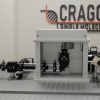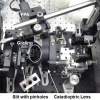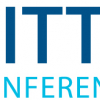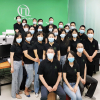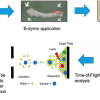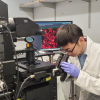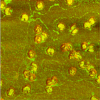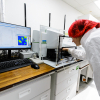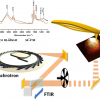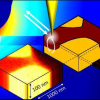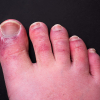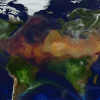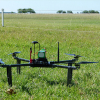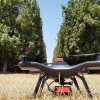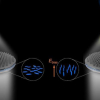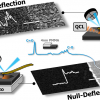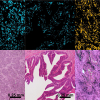Imaging News
A team of scientists and students from the University of Sheffield has published the blueprints for a specialist single-molecule microscope they built for a tenth of the cost of commercially available equipment.
Researchers have developed a new imaging spectrometer that is much lighter and smaller than state-of-the-art instruments while maintaining the same high level of performance. Because of its small size and modular design, the new instrument has obvious applications to airborne vehicles and even planetary exploration missions.
Chinese customers of PicoQuant will benefit from a website in Chinese and a local presence.
Shimadzu opened a branch office in Denmark in September, providing local support.
University of South Australia scientists have used mass spectrometry imaging to identify signs of osteoarthritis.
The combination of Raman spectroscopy and stimulated Raman scattering microscopy is allow the metabolic processes within cancer cells to be probed.
Researchers combined AFM-IR and TERS to study the surfaces and interiors of viruses.
The French Chemometrics Society award is given in honour of the late Professor Jean-Pierre Huvenne for his early contribution to chemometrics in vibrational spectroscopy in France and is open to PhD students worldwide.
The mass of microplastics in the Atlantic Ocean has been significantly underestimated.
Synchrotron infrared nanospectroscopy has been used for the first time to measure biomolecular changes induced by a drug (amiodarone) within human cells (macrophages) and localised at 100 nm scale, i.e. two orders of magnitude smaller than the IR wavelength used as probe.
Researchers from the Nanooptics Group at CIC nanoGUNE (San Sebastian, Spain) have shown that nanoscale infrared imaging can analyse materials up to 100 nm below the surface.
A research programme is investigating the prognostic value of skin findings associated with COVID-19 infection using a portable hyperspectral imaging system.
A NASA grant will help us to better understand how plant pathogens that travel the globe with dust particles might put crops at risk using imaging spectroscopy.
Multispectral and thermal infrared cameras are being used on planes and drones to find mains water leaks.
Models based on spectral images from unmanned aerial vehicles and satellites can help farmers to monitor the health of individual macadamia trees.
Researchers have integrated a photo-patterned liquid crystal into a dielectric metasurface to achieve achromatic and chromatic focusing with a single metalens.
Researchers at the Beckman Institute for Advanced Science and Technology have developed a new method to improve the detection ability of nanoscale chemical imaging using atomic force microscopy.
A partnership to enable the generation of classification models using the Headwall MV.X and perClass Mira software on a PC.
Infrared microscopy can automatically detect the type of intestinal tumour within 30 minutes. These results are then used to make targeted therapy decisions.

